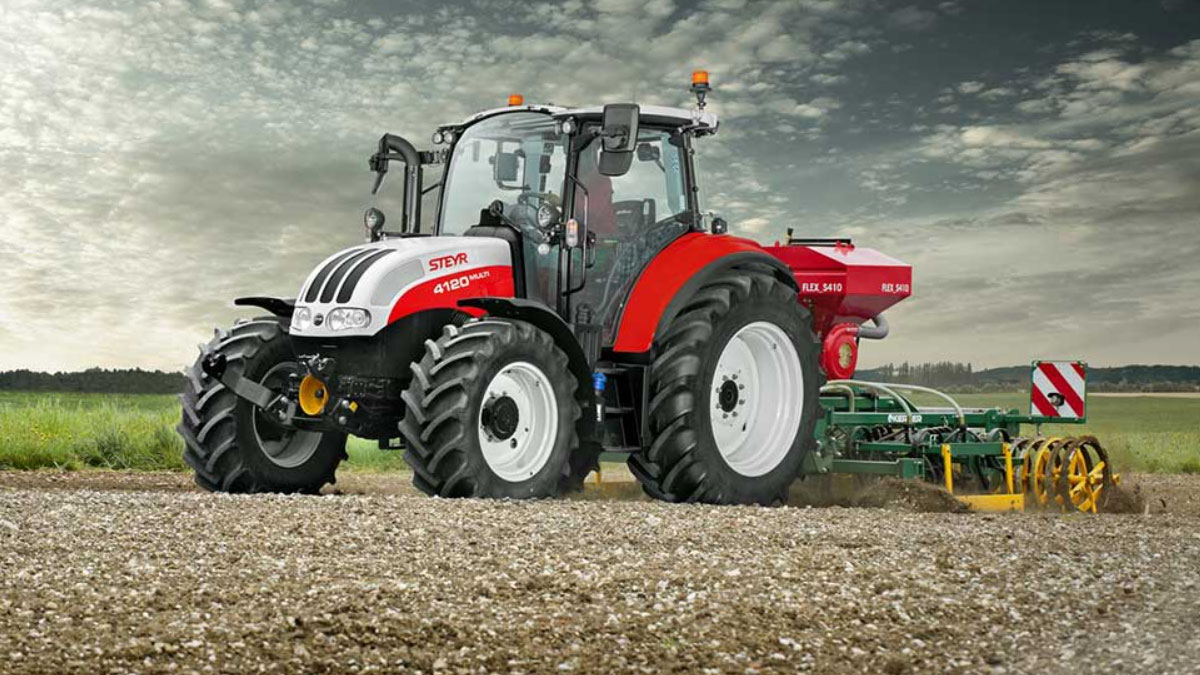YETRAC
Steyr Tractor: Cultivating Excellence in Austrian Agricultural Machinery
Steyr Tractor: Cultivating Excellence in Austrian Agricultural Machinery
A Heritage of Agricultural Innovation
Nestled in the picturesque town of St. Valentin in the heart of Upper Austria lies the rich history of Steyr Tractor, officially known as Steyr Landmaschinentechnik AG. This Austrian agricultural machinery manufacturer has been a beacon of innovation and reliability since its founding in 1864. Steyr’s journey is a testament to the enduring legacy of Austrian excellence in the field of agricultural machinery.
Founding and Early Endeavors
Steyr’s story begins more than a century and a half ago when it was established in 1864. Initially, the company dabbled in various industrial products, but its trajectory soon shifted towards agricultural machinery and, more prominently, tractors. This pivot would prove to be instrumental in shaping Steyr’s destiny and solidifying its reputation as a key player in the global agricultural equipment industry.
The Steyr-Daimler-Puch Era
One of the most significant chapters in Steyr’s history unfolded when it became part of the illustrious Steyr-Daimler-Puch conglomerate in 1934. This conglomerate, known for its diverse portfolio spanning automobiles, firearms, and, notably, tractors, provided Steyr with the resources and expertise to flourish. The association with Steyr-Daimler-Puch played a pivotal role in elevating Steyr’s stature as a manufacturer of robust and dependable agricultural machinery.
Acquisition by Case Corporation
In 1996, Steyr Tractor underwent a transformative change when it was acquired by the Case Corporation. This transition marked the beginning of a new phase for the company, characterized by increased global reach and collaborative opportunities. Under the stewardship of Case Corporation, Steyr continued to innovate and modernize its tractor offerings while upholding its unwavering commitment to quality.
Merger and Emergence of CNH Industrial
The late 1990s witnessed another significant shift in Steyr’s corporate landscape. In 1999, Case IH and New Holland merged to form CNH Global, a global agricultural machinery powerhouse. Steyr Tractor seamlessly integrated into this new conglomerate, contributing its legacy of excellence and reputation for producing top-notch agricultural machinery.
Modern Manufacturing and Global Impact
As of 2020, Steyr Tractor’s manufacturing facility in St. Valentin stood as a paragon of efficiency and productivity. Boasting approximately 600 dedicated employees, the plant churned out around 10,000 tractors annually, proudly bearing the Case IH and Steyr emblems. These tractors covered a power range spanning from 75 to 220 KW and were equipped with engines sourced from Fiat Powertrain Technologies, underscoring Steyr’s commitment to quality and performance.
A Proud Legacy, A Promising Future
Steyr Tractor’s storied history, spanning over 150 years, is a testament to its unwavering dedication to excellence in agricultural machinery. From its humble beginnings in Austria to its present-day role within CNH Industrial, Steyr has consistently delivered reliable and innovative tractors that have empowered farmers worldwide to enhance efficiency and productivity.
With a heritage deeply rooted in tradition and a forward-looking perspective, Steyr Tractor remains an emblem of Austrian engineering brilliance and a trusted partner for farmers across the globe. As agriculture continues to evolve, Steyr’s relentless pursuit of quality and innovation ensures its enduring presence at the forefront of the industry, driving advancements in farming practices and equipment technology.
In conclusion, Steyr Tractor stands not only as a symbol of Austrian heritage but also as a beacon of excellence in the ever-evolving world of agricultural machinery. Its legacy is firmly entrenched in the past, but its focus remains resolutely on the future, where it will undoubtedly continue to play a pivotal role in shaping the agricultural landscape for generations to come.

